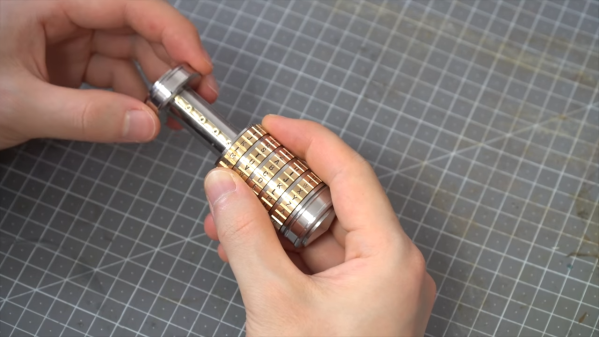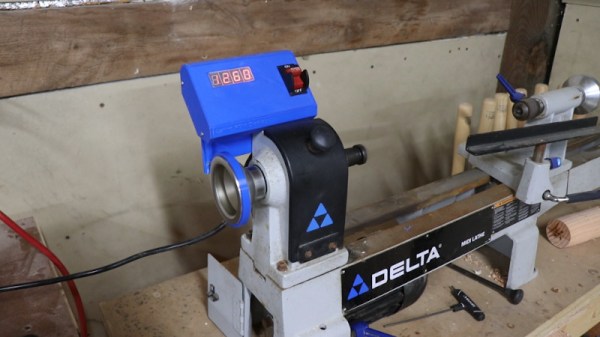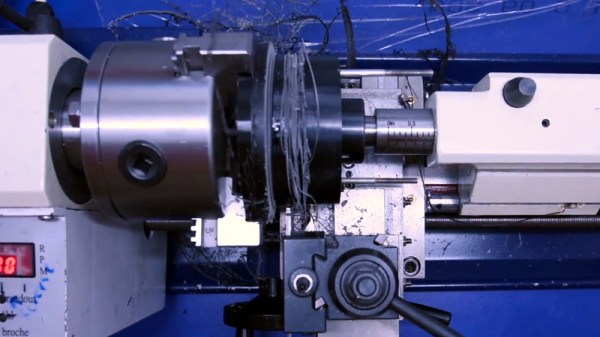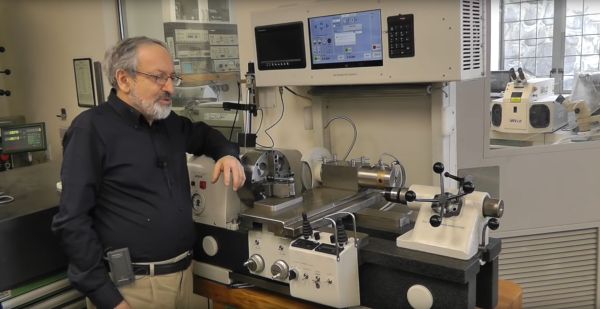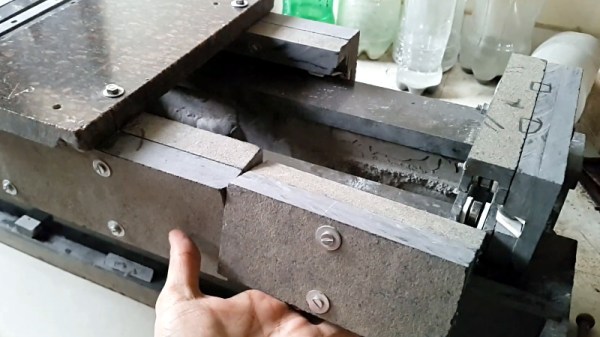As a work of art, solenoid engines are an impressive display of electromagnetics in action. There is limited practical use for them though, so usually they are relegated to that realm and remain display pieces. This one from [Emiel] certainly looks like a work of art, too. It has eight solenoids, mimicking the look and internal workings of a traditional V8.
There’s a lot that has to go on to coordinate this many cylinders. Like an internal combustion engine, it takes precise timing in order to make sure that the “pistons” trigger in the correct order without interfering with each other through the shared driveshaft. For that, [Emiel] built two different circuit boards, one to control the firing of each solenoid and another to give positional feedback for the shaft. That’s all put inside a CNC-machined engine block, complete with custom-built connecting rods and shafts.
If you think this looks familiar, it’s because [Emiel] has become somewhat of an expert in the solenoid engine realm. He started off with a how-to for a single piston engine, then stepped it up with a V4 design after that. That leaves us wondering how many pistons the next design will have. Perhaps a solenoid version of the Volkswagen W12?



